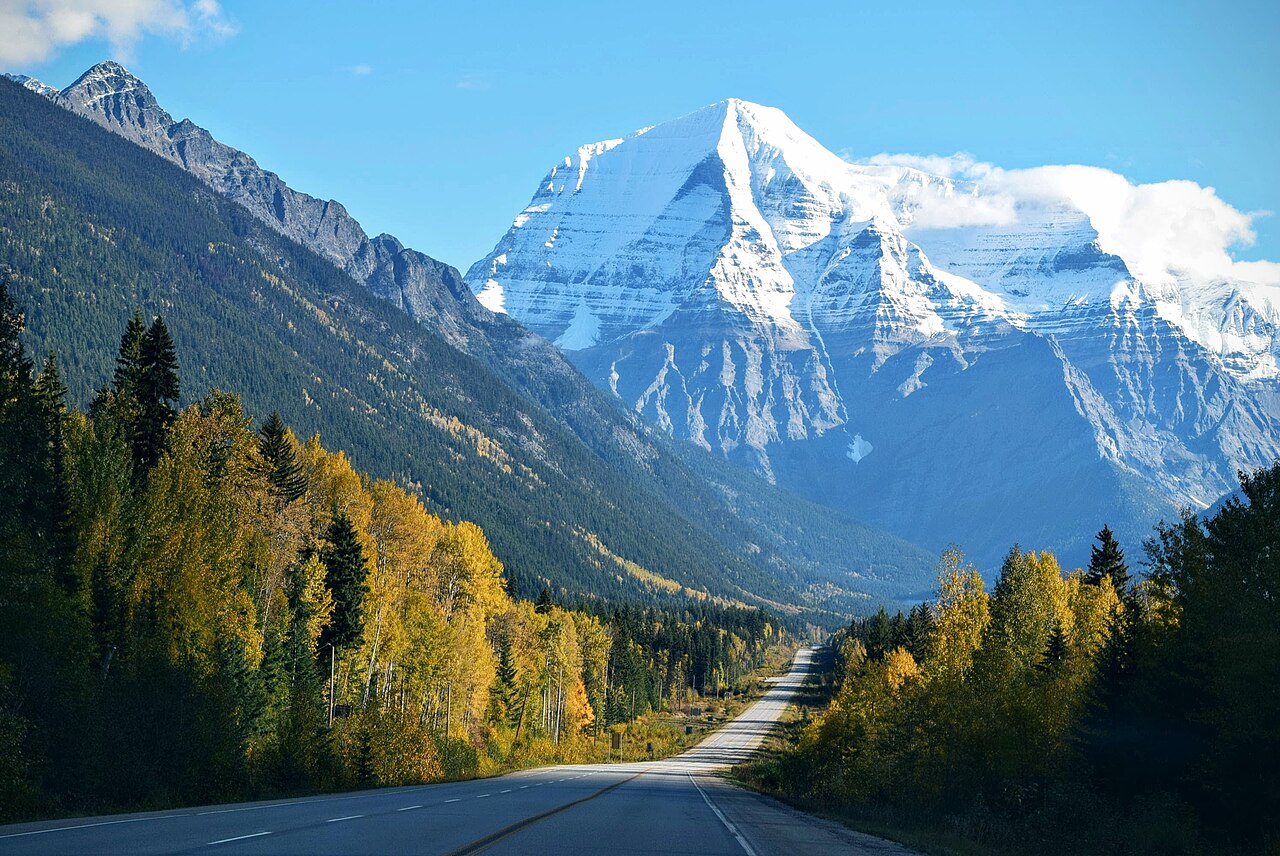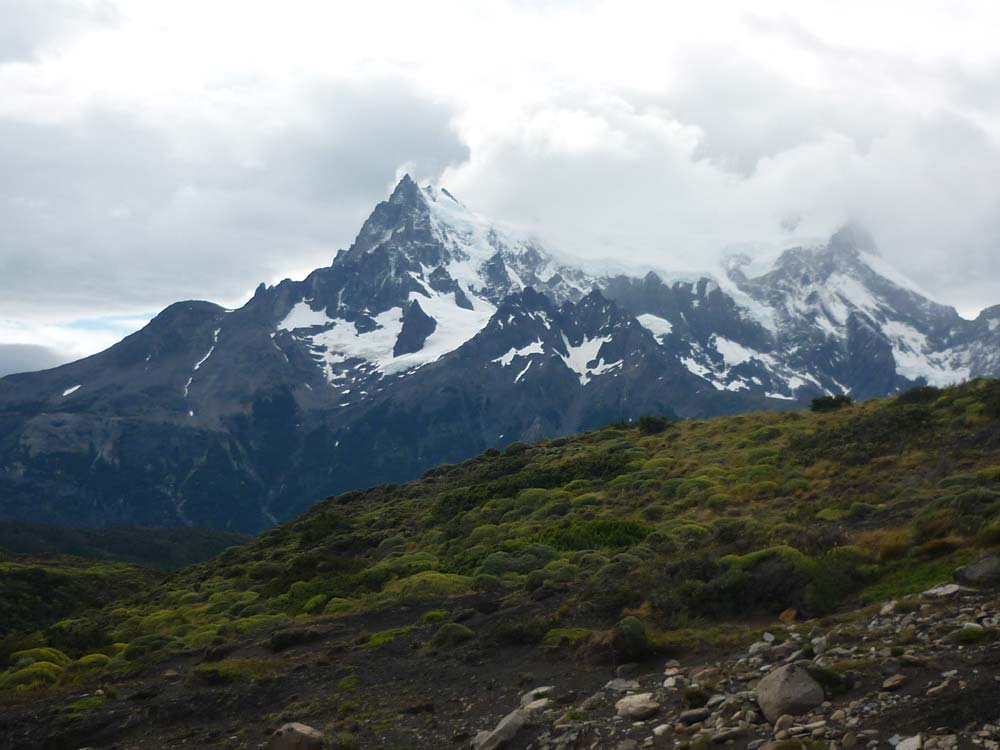25 Fun Facts about the Western Cordillera, North America
There are a lot of fun facts about the Western Cordillera. A system of mountain ranges that frequently consists of a series of more or less parallel chains (from old Spanish cordilla, “cord,” or “small rope”). Cordilleras are found in the Americas and Eurasia. In this article, we will share many more fun facts about the Western Cordillera.
The North American Cordillera, also known as the Western Cordillera of North America, Western Cordillera, or Pacific Cordillera, is the North American section of the American Cordillera, a mountain chain system (cordillera) that runs along the Americas’ western coast (Pacific coast). The North American Cordillera includes much of the land west of the Great Plains, including mountain ranges, intermontane basins, and plateaus in Western/Northwestern Canada, Western United States, and Mexico.
The exact limits of this cordillera and its subregions, as well as the names of its different characteristics, may vary based on nation or jurisdiction definitions, as well as a scientific discipline; this cordillera is a particularly significant subject in the scientific area of physical geography.
The North American Cordillera, which stretches from Alaska to Mexico’s southern border, has some of the continent’s tallest peaks. The Pacific Coast Ranges in the west, the Nevadan belt in the center (containing the Sierra Nevada), and the Laramide belt in the east all have mountain ranges that run north to south (including the Rocky Mountains). Let’s find below 25 fun facts about the Western Cordillera.
Fun facts about the Western Cordillera
Here we go for 25 fun facts about the Western Cordillera
1. Ore deposits in the Western Cordillera are extensive. They’re connected to the Sierra Nevada–Cascade–Pacific Coast systems’ extensively folded and intruded rocks, particularly the copper and gold ores of southern and western Alaska. Copper, lead, zinc, and iron ores are among them.
2. The Western Cordillera has a marine climate, which means it is heavily impacted by water. Closer to the coast, the temperature is significantly more humid in the fall and winter, resulting in a lot of rain and cooler summers. Inland, there is a lot of snow, especially in the mountains.
3. The Cordillera consists of three primary mountain ranges. The Columbia, Skeena, and Ogilvie mountains make up the Interior mountain chain. The last mountain range is known as the Western mountain range, and it is made up of coastal mountains that stretch along the Pacific Ocean’s shore.
4. The Cordilleran mountains were formed when the Pacific and North American tectonic plates collided, forcing the crust to collapse and forming the recognized mountain ranges. This is the newest of Canada’s three major geographic areas, which include the Canadian Shield and the Interior Plains.
5. The Cordillera is a complicated region with three different mountain ranges: the Rocky Mountains to the east, the Coast Range (California Borderland) and Klamath Mountains to the west, and the Sierra Nevada and Cascade Mountain ranges to the north.
6. Valleys, meadows, and grasslands, as well as steep mountain slopes and coastal islands, characterize the Western Cordillera. The Western Cordillera was formed towards the end of the Mesozoic Era and the beginning of the Cenozoic Era, making it one of Canada’s youngest landforms.
7. The Cordillera’s peoples can be divided into the following ethnolinguistic groups: Kankanaey (Kankanai), Ibaloy, Bontok, Kalinga, Isneg, Itneg, Ifugao, Kalanguya, iwak, and Ga’dang. During the Spanish Colonial Period, the Cordillera was a popular tourist destination.
8. The westernmost physiographic area of the North American continent, extending from Mexico to Alaska, is known as the Western Cordillera, Cordilleran region, or simply Cordillera. The Rocky Mountains and the Coast Mountains are part of the Canadian component of this system.
9. When it comes to agricultural goods, the Cordillera is the greatest and most reliable source of highland vegetables like lettuce, broccoli, cauliflower, carrots, potatoes, cabbage, and other greens. Aromatic coffees and strawberries are also popular in the area.
10. The Coast Mountains are made up of igneous and metamorphic rock from an event of arc volcanism associated with the subduction of the Kula and Farallon Plates approximately 100 million years ago during the Laramide orogeny.
11. The Roman Catholics made up 65.75 percent of the population in the Cordillera Administrative Region. Evangelicals (8.85 percent) and the United Church of Christ in the Philippines (2.86 percent) were next, with other religious affiliations accounting for 22.31 percent.

12. The Western Cordillera is sparsely inhabited, with a population of only a few thousand people. The primary reason for the region’s low population is that the mountains run north-south.
13. Plateaus, valleys, and plains, as well as steep mountains, make up the Cordillera. The Coast and Rocky Mountains, which create high rims along the southwestern and southeastern edges of a strip of diverse terrain, are the most continuous mountain systems.
14. The Western Cordillera is made up of three primary types of rocks. Sedimentary, metamorphic, and igneous rock are the three types.
15. Valleys, meadows, and grasslands, as well as steep mountain slopes and coastal islands, characterize the Western Cordillera.
16. The Western Cordillera was formed towards the end of the Mesozoic Era and the beginning of the Cenozoic Era, making it one of Canada’s youngest landforms.
17. When the bigger Pacific Plate collided with the smaller North American Plate, the Western Cordillera was created. Because the North American Plate is smaller than the Pacific Plate, it sat on top of it. The smaller plate was pushed into the mantle by the larger plate. Mountains were formed when the plate moved upward.
18. Cordillera music is distinguished by two sound qualities of instruments based on their different materials – the one, made of bamboo (flutes, percussion instruments), and the second, built of metal (gongs).
19. British Columbia, the Yukon, southwest Alberta, and a portion of the North West Territories make up the Cordillera on Canada’s west coast. The Cordillera’s core is often cooler and drier, with more snowfall. It is warmer and there is less rain in the summer.
20. In rich meadow environments and stunted spruce forests known as krummholz, Mule Deer, Rocky Mountain Elk, Stone Sheep, Grizzly Bear, and Black Bear are prevalent. Ungulates such as Mountain Goat, Moose, Caribou, and Mule Deer are plentiful in the intermediate and upper elevations.
21. 65.5 percent of the ecozone is wooded. The ecology of the Montane Cordillera is dominated by fire.
22. The Steller’s jay, black-billed magpie, sage thrasher, white-throated swift, red-winged blackbird, cedar waxwing, cassin’s finch, house finch, purple finch, brown creeper, and American dipper are among the songbirds of the Montane Cordillera.
23. When the westward advancing North American tectonic plate met with the Pacific plate millions of years ago, the Cordillera’s towering peaks and plateaus were formed. Mountain chains in British Columbia and the Yukon were elevated as a result of the impact.
24. The Western Cordillera region encompasses approximately 1.2 million km2 of Canadian land, stretching from the Yukon border to the Canadian-American border. The Rocky Mountains are one of the most well-known mountain ranges in the area.
25. Humans continue to build new roads in the Western Cordillera. They engage in industrial operations as well. In the Western Cordillera, forestry is the most significant occupation. It supplies the majority of the lumber to the rest of the country.
We feel you have loved these fun facts about the Western Cordillera!
More Interesting Articles
- 25 Awesome Lake Tahoe Things to Do in Weekend
- 7 Awesome Places for Thrilling Lake Tahoe Skiing
- Top 10 Stunning Lake Tahoe Beaches to Visit
- To Do in Glen Canyon National Recreation Area
- Glen Canyon National Park Travel Guide
- 17 Travel Attractions of the Lake Tahoe City
- 32 Cozy Lake Tahoe Hotels, Resorts, and Lodges
- Top 10 Natural Wonders of the US to See in Life
- 11 To-Do while Traveling Lake Tahoe in Summer
- Monument Valley Tours – How to Plan
- 40 Monument Valley Facts Everyone Should Know
- 6 Places for Thrilling Monument Valley Camping
- List of Monument Valley Hotel You can Check
- 13 Memorable Things to Do in Monument Valley
- Grand Canyon National Park Travel Guide
- Monument Valley Transportation Guide
- Monument Valley Visitor Center
- Southeastern Utah Sights – Must-See Sights in Utah
- Monument Valley Scenic Drive – A Complete Guide
- 10 Beautiful Utah National and State Parks
